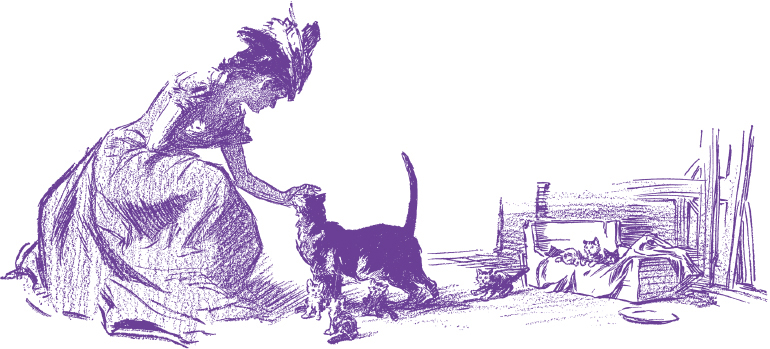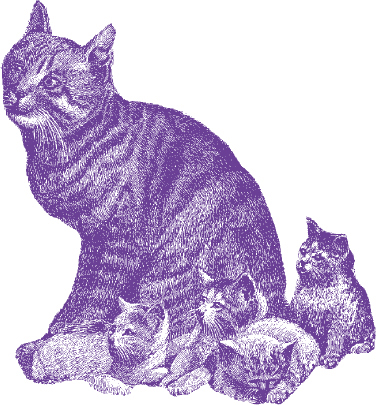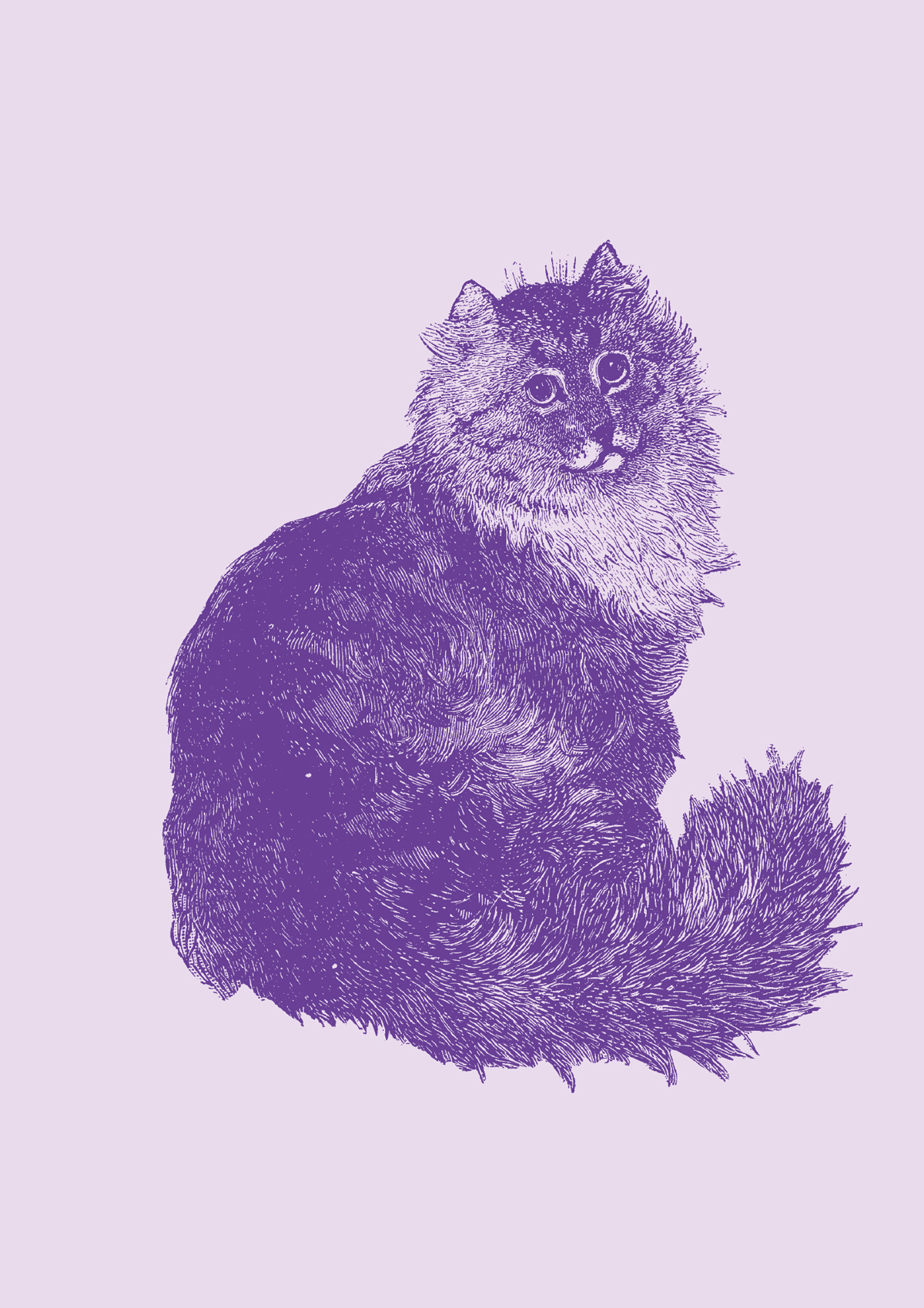All rights reserved. No part of this book may be reproduced in any manner without the express written consent of the publisher, except in the case of brief excerpts in critical reviews or articles. All inquiries should be addressed to Skyhorse Publishing, 307 West 36th Street, 11th Floor, New York, NY 10018.
Skyhorse Publishing books may be purchased in bulk at special discounts for sales promotion, corporate gifts, fund-raising, or educational purposes. Special editions can also be created to specifications. For details, contact the Special Sales Department, Skyhorse Publishing, 307 West 36th Street, 11th Floor, New York, NY 10018 or .
Skyhorse and Skyhorse Publishing are registered trademarks of Skyhorse Publishing, Inc., a Delaware corporation.
Visit our website at www.skyhorsepublishing.com.
Library of Congress Cataloging-in-Publication Data is available on file.
CHAPTER 1
Understanding Cats
Pet cats are amazingly adept at occupying two seemingly parallel universes. Within one neat furry package there coexists a well-armed, ruthless nocturnal hunter and a beguiling, manipulative, purring cat. One can terrorize the local rodent and bird populations; the other can wrap you around its long tail and knows all the right buttons to push and heartstrings to tug to live a life of cosseted luxury. Being able to read your cats body language and interpret its meowing simply means you can anticipate its mood and desires more swiftly and accurately.

WHERE CATS COME FROM

T odays domestic cats are probably all descended from the wildcat Felis silvestris lybica, a species native to the Middle East. Its estimated that there may now be half a billion domestic cats around the world, at a time when the existence of the other 36 or so species of wildcat is threatened or endangered.
The cat has followed humans for about 10,000 years, tagging along from primitive farming communities to the urban jungle. The earliest example of a domestic cat was found in a Neolithic grave on Cyprus, among the dead of people who probably brought the animal from Turkey. It has been dated to about 7500 B.C. , which links to the origins of agriculture. By about 2000 B.C. , when the Egyptians realized how useful the cat was in protecting their grain (see ), they had invited the cat into their homesor, more likely, the cat adopting the humans instead of the humans adopting the cat.
Two ratters given to a Huron Indian chief might have been the first cats in North America. Sadly, they died without producing kittens. Some think the domestic cat arrived on the Mayflower. In 1749, cats were imported from England to control the rats.


The cat, it is well to remember, remains the friend of man because it pleases him to do so and not because he must.
C ARL V AN V ECHTEN (18801964) A MERICAN WRITER AND PHOTOGRAPHER

TOP TEN COUNTRIES WITH THE MOST PET CATS

O ne unofficial estimate puts the total cat population in the United States at around 93 million, based on 63 million pet cats and about 30 million feral catsferals are the wild offspring of domestic cats, which by definition are hard to count. Some people feel that this is a gross underestimation and would guestimate that there could be one feral for every pet cat in the country. Cats have overtaken dogs as the most popular pet in the United States.
COUNTRY | NUMBER OF CATS |
United States | 76,430,000 |
China | 53,100,000 |
Russia | 12,700,000 |
Brazil | 12,466,000 |
France | 9,600,000 |
Italy | 9,400,000 |
Great Britain | 7,700,000 |
Ukraine | 7,350,000 |
Japan | 7,300,000 |
Germany | 7,200,000 |
POPULATION EXPLOSION

I f left to her own devices, a female cat can have three to seven kittens every four months. Theoretically, in five years, one un-neutered female cat can have over 20,000 descendants. One pair of breeding cats and their offspring can produce over 400,000 new cats in seven years. Unlike humans, female cats do not have a menopause and remain fertile throughout their lives, unless neutered.

A cat called Dusty, living in Bonham, Texas, was 17 years old when she gave birth to her 420th kitten on June 23, 1952.
In 1987, a cat called Kitty, owned by George Johnstone of Croxton, Staffordshire, England, produced a litter of two kittensat the magnificent age of 30! Kitty died 2 years later, at the age of 32.
One in four pregnant cats carries kittens fathered by more than one mate. A fertile female may mate with several tomcats, which fertilize different eggs each time, which is why kittens in the same litter can have different colors and coats.
No matter how much cats fight, there always seems to be plenty of kittens.
A BRAHAM L INCOLN (180965), 16 TH P RESIDENT OF THE U NITED S TATES
A sexually active feral tomcat lays claim to an area of about 3 square miles (8 sq km) and sprays strategic points with strong smelling urine to mark his territory. Most cats killed on the road are un-neutered toms, because they are more likely to roam farther afield and cross busy roads.





















